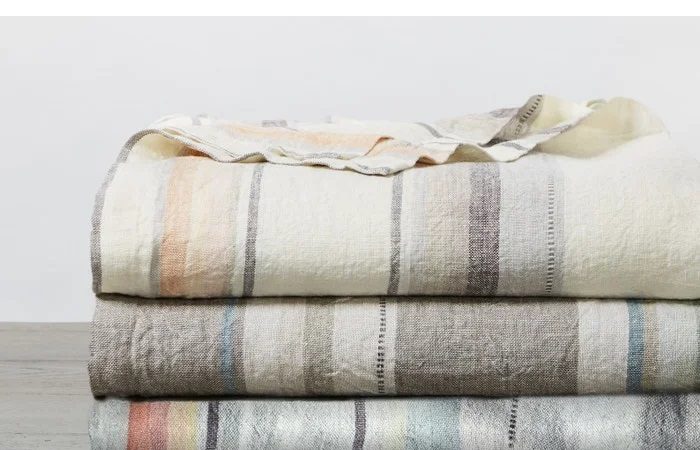
A successful garment is not the most beautiful of patterns in the most beautiful of fabrics.It is the perfect match of a fabric adapted to a pattern.
Choosing your fabric is therefore not an obvious step when you start sewing. Between synthetic materials, very fine or very thick fabrics, patterns one way or the other, you can easily get lost and not choose the best fabrics for your sewing project. Because depending on the fabric chosen, you will not sew it in the same way and especially your garment will not have the same fall. You can now buy textile designs online and come up with the perfect choices now.
Discover The Right fabric
To choose the right fabric, we have prepared a “tissue library” to guide you and give you as much advice as possible to choose your fabric without any problems. So you will find good advice for:
- Understand the characteristics of fabrics and their differences
- Choose a suitable material according to the desired model
- Sew each fabric as simply as possible
Let’s start with a presentation of the different families of textiles.
Classification of the main textile families
Click on the box to have more details on the textile in question
- Cottons
- Cotton
- very fine
- end
- thick
- veil, organza, crepe
- The silks
- Silk
- very fine
- fine
- thick
- veil, organdy, crepe
- Wools
- Oldest boy
- fine
- thick
- crepe, grain of powder, satin, plum, swaths
- Synthetics
- Synthetic-
- -tick
- end
- thick
- crepe, satin, fine knit, micro fiber
- foam, padding, waterproof, insulation including fleece, stretch (twill type), neoprene
How to recognize the composition of a fabric
It may happen that you buy fabric coupons at clearance sales, solderies, that you are simply given or that you find some from behind the bundles! In this case it is impossible to know the exact composition of the tissue unless you are a chemist. But we have a tip that can give you some clues the burning.
This simple method, which consists of burning one end, or even 2 threads, of your fabric lets you know if it is an animal, vegetable or synthetic fabric.
When the burning releases:
A smell of burnt horn and a black and crumbly residue, it is a fabric of animal fiber. Between wool and silk the difference is quickly made, but it can also be a mixture of the two.
A smell of burnt paper and light gray ash, it is a vegetable fiber fabric (natural or artificial). It can therefore be cotton, linen or viscose. On closer inspection, if the fabric is shiny and thin, it looks like silk, it is probably an artificial fiber. And if it looks like linen or cotton, it can be linen, cotton but also an artificial fiber because today they imitate all fibers very well. A smell of burnt plastic and a hard black residue, it is undoubtedly a synthetic fiber fabric.If the result is not obvious, it can be a mixture and there you can have fun burning only one wire or even untwisting a wire and burning the strands separately.
